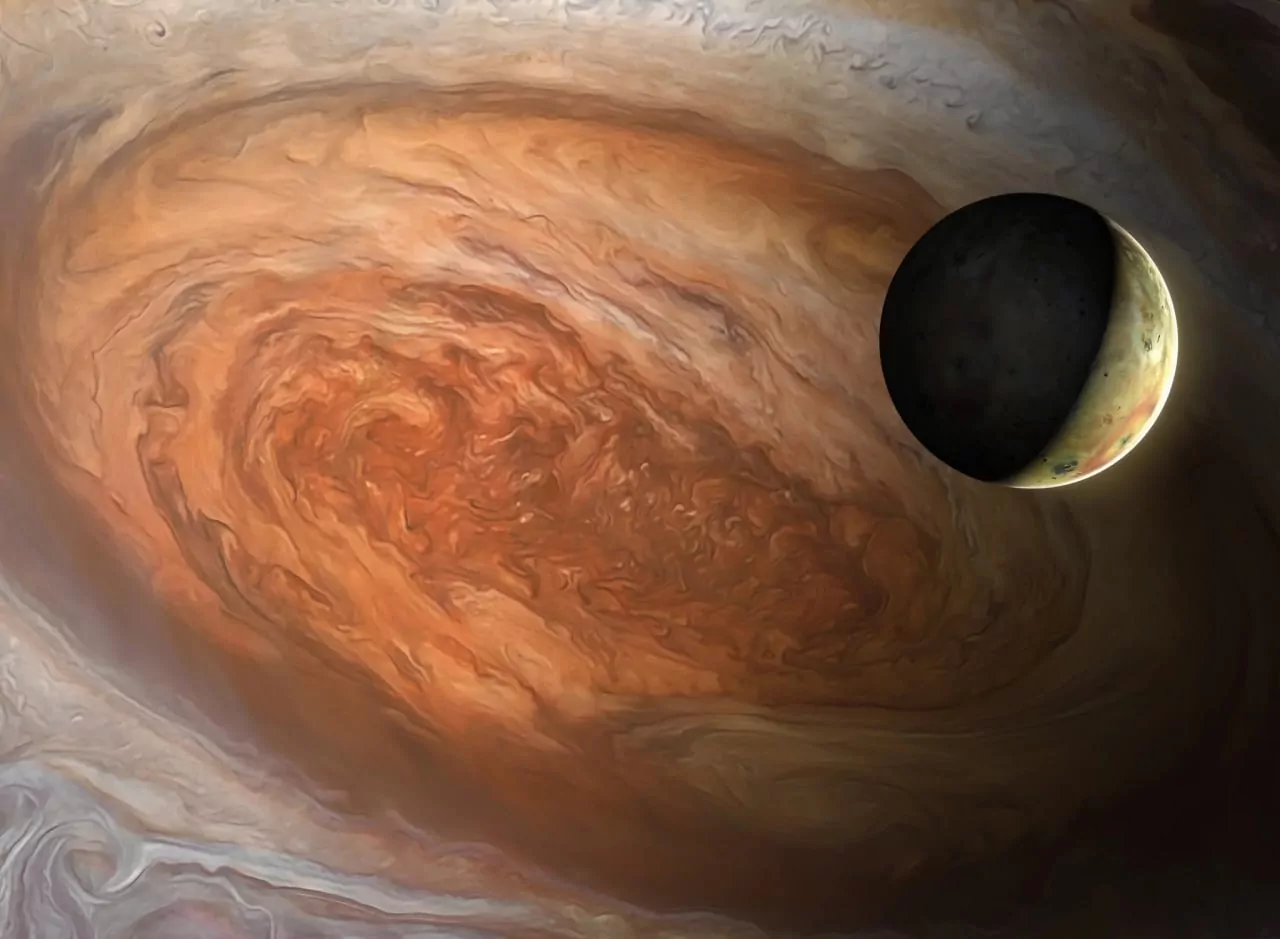The Soho ground-based telescope has recorded one of the largest episodes of volcanic activity on Jupiter’s moon Io. It began in July last year and lasted about six months, accompanied by the release of a substance on Wednesday near the satellite.
These observations are important not only for scientists, but also for the automatic station «Juno», which explores Jupiter and its moons and in 2023 will make two close flights past Io, observing its volcanoes, as well as determining the parameters of the plasma environment near the satellite.
